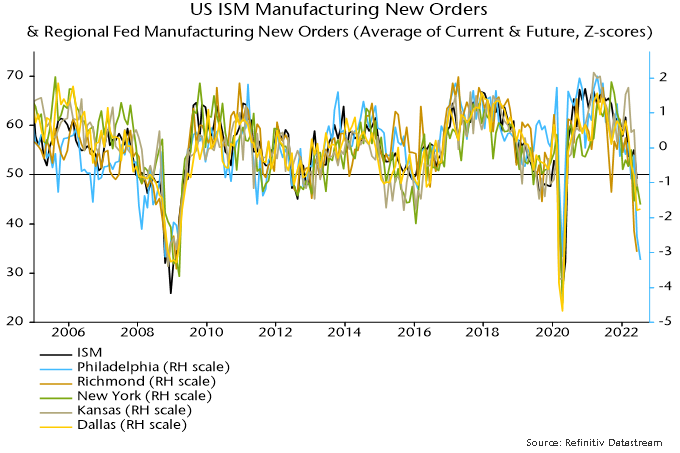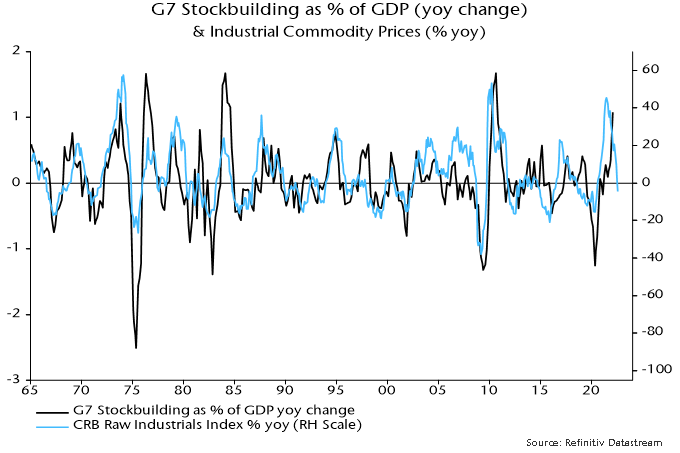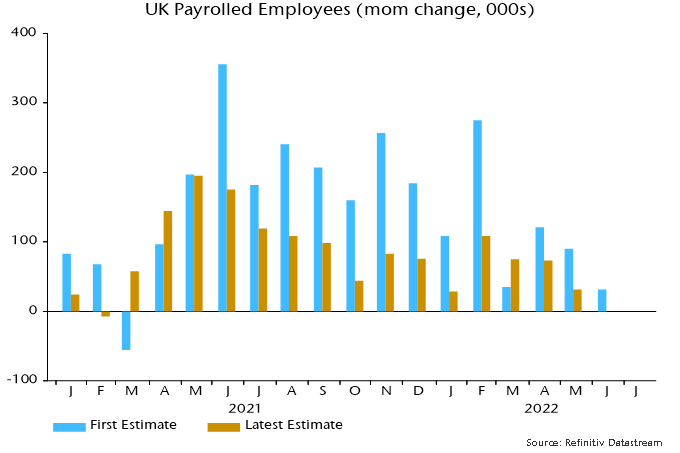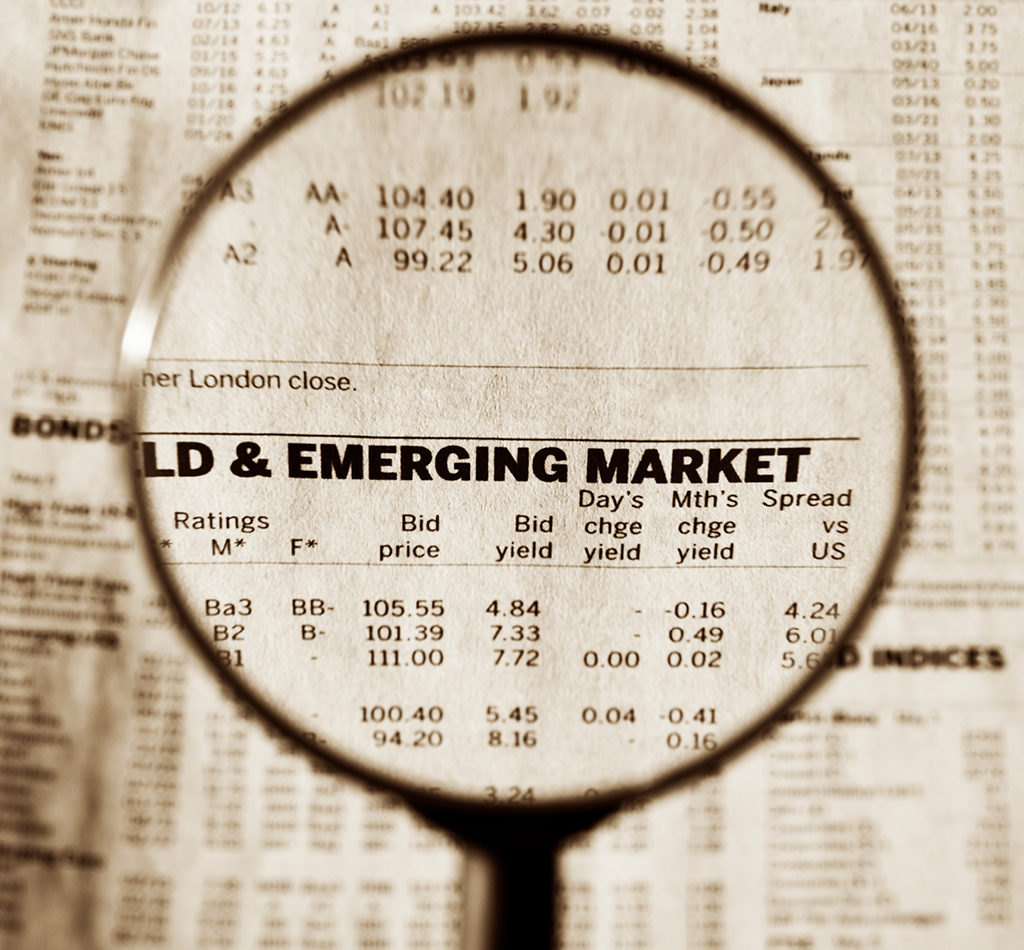Money Moves Markets
Recessionary dynamics
July 26, 2022 by Simon Ward
The assessment of global economic prospects here has been consistently more pessimistic than that of the consensus in recent quarters. The consensus is now shifting to acceptance of US / European recessions but these are widely expected to be “mild” and / or “short-lived”. The view here remains bleaker, based on three considerations.
First, global six-month real narrow money momentum continued to weaken during H1 2022, reaching a level historically associated with serious recessions. The further decline into mid-year suggests no economic recovery before Q2 2023, allowing for an average nine-month lead.
Secondly, the 3.33 year stockbuilding cycle is judged to have peaked in Q1 2022, with a downswing likely to last at least 12 months, again suggesting no recovery before Q2 2023. The prior upswing, moreover, was exaggerated by overordering of inputs due to perceived supply shortages, raising the possibility of a larger-than-usual drag during the downswing.
Thirdly, recessions involve self-reinforcing dynamics that magnify and prolong weakness unless offset by policy intervention. Recent evidence suggesting that a tipping point into a serious recession has been reached include:
Weak business surveys. US / Eurozone PMI composite output indices fell below 50 in July, while an average of current and future new orders balances in the Philadelphia Fed manufacturing survey plunged to a level reached only before / during major recessions – see chart 1.
Chart 1

Earnings downgrades. The MSCI ACWI earnings revisions ratio had been holding up relative to business surveys but has recently fallen sharply – chart 2.
Chart 2

Weak commodity prices. A year-on-year fall in the CRB raw industrials index confirms that a stockbuilding cycle downswing is under way, during which prices are likely to soften further– chart 3.
Chart 3

Restrictive credit conditions. Credit tightening and demand balances in the July ECB bank lending survey reached recession-consistent levels – chart 4.
Chart 4

Softer labour market data. The 13-week change in a four-week moving average of US initial claims has reached a level historically associated with recessions, while the monthly increase in UK payrolls in June was the smallest since March 2021, with recent downward revisions to initial data suggesting an actual fall – chart 5.
Chart 5








